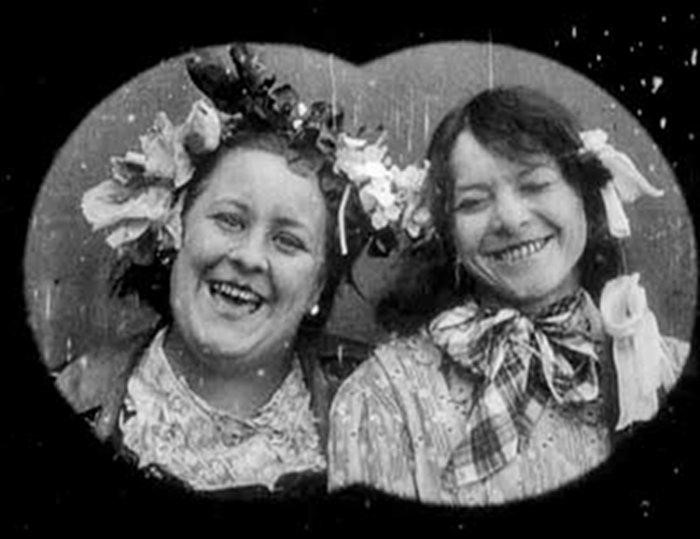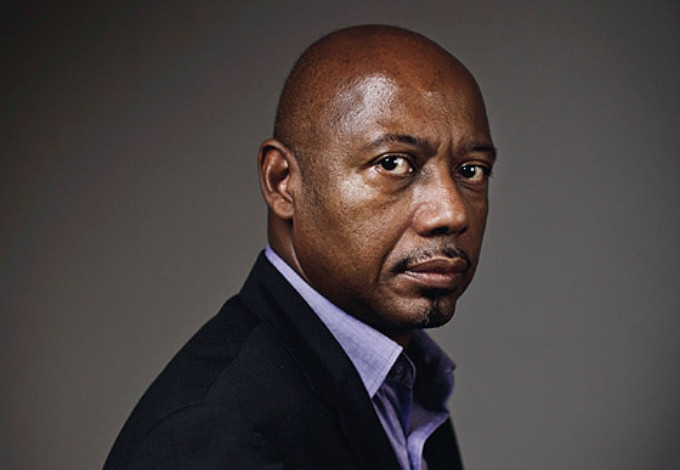Jennifer Christakos’s States of Being
(title image: States of Being, 2018, installation view. ) Review of Jennifer Christakos’s States of Being (Rochester Public Market – April 2018) Written by Chenchen Yan Jennifer (Jenny) Christakos’s Senior Thesis Exhibition States of Being opened on April 6th at the Yards, a collaborative art space within the bustling Rochester Public Market. Located upstairs from Java’s Cafe, the Yards provided a showcase for three senior Studio Arts majors (Alex Cunningham, Bri Landwersiek, and Jennifer Christakos) throughout April. Each of the artists transformed one corner of the space with their artworks, which enabled fascinating dialogues. When I first entered the Yards, my attention was immediately captured by Christakos’s States of Being, which consisted of five round paintings hung on an expansive grey partition wall, with the artist statement at the left corner. All in similar tones of indigo and navy, in high contrast to light amber, they formed a series of striking depictions of the human body. Painted with acrylic, the canvases appeared in various sizes, the biggest of which was 48 inches in diameter and …




